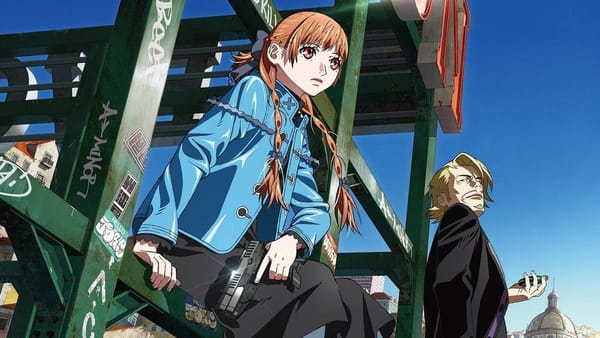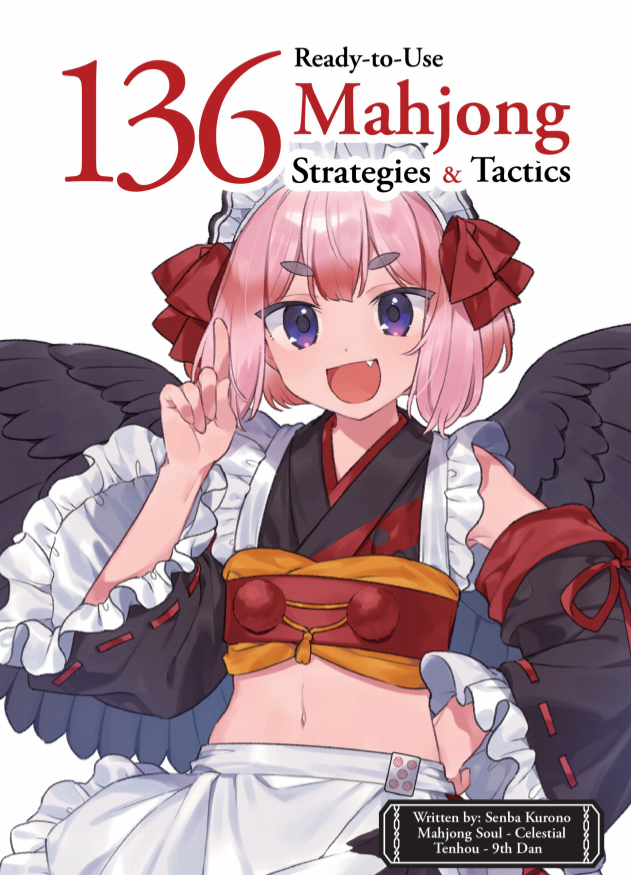Layers of grind in Monster Hunter Rise: Sunbreak
Am I still having fun?

I have, at present, about 250 hours invested between both Monster Hunter Rise and its expansion pack Sunbreak. Hardcore Monster Hunter players can put in more like a thousand: the kind of number you only see in online RPGs.
What is it about Monster Hunter that demands this level of time investment when most games struggle to keep players engaged for 20 hours? In a word, it’s grind: the requirement that in order to progress, players must complete the same tasks more than once.
But this word isn’t really enough for what Monster Hunter does. The progression of Monster Hunter is a massive, interconnected web of tasks, every string of which is planned out well in advance by the designers.1 There are degrees of grind; a rate of progression and a force of compulsion. That’s what I’d like to break down here.
Story progression
I am going to fast-forward Monster Hunter Rise, but be aware that you have to finish that entire game to even begin Sunbreak, which is something of a “hard mode” expansion from the start.
Monster Hunter games all have a narrative that sticks close to the gameplay: starting out as a rookie hunter, the player explores new lands and takes on more and more dangerous monsters, ascending towards god-like beasts that pose an existential threat to the home village.
There is always a new mission, a new location, and a new monster to see. It’s a long, smooth ride as the game shows off the menagerie of beasts it’s put together one by one. You can only really define this stage as “grind” if you find playing Monster Hunter itself to be a chore, so I won’t. Monster Hunter is a fun game, and I like it.
At this stage in the game, grind is by choice. If the player is having trouble defeating a particular monster, they can choose to research the monster’s weaknesses and upgrade gear accordingly.2
However, crafting weapons and armor in Monster Hunter doesn’t just cost money: you clothe yourself in the remains of your defeated foes, chopping the monsters up for the parts you need to build your equipment. Experience and levels don’t make you stronger: it’s all in the gear.
So the first Monster Hunter grind layer is beating a monster a second or third time, for the materials you need to upgrade your weapon or to craft a new piece or armor or accessory.
Some parts are rarer than others, but in the main Sunbreak story progression it is unlikely that you will have to beat a monster more than three times to get what you need.
If you are very familiar with Monster Hunter or generally good at action games, you might not need to grind out ideal armor and weapons to beat the game. Skills and stats are only as good as the player wielding them. I was personally able to use a basic brute-strength build, provided early on, to finish the storyline and see the credits roll with only a slight bit of grind to upgrade my core weapon.3
The main story of Sunbreak ends at about 30 hours in, with the defeat of the final boss in a massive action setpiece. You’ve gotten more than your money’s worth at this natural stopping point. But if you want to keep playing Monster Hunter— because, after all, it’s still fun— the grind has only begun.
Optimization
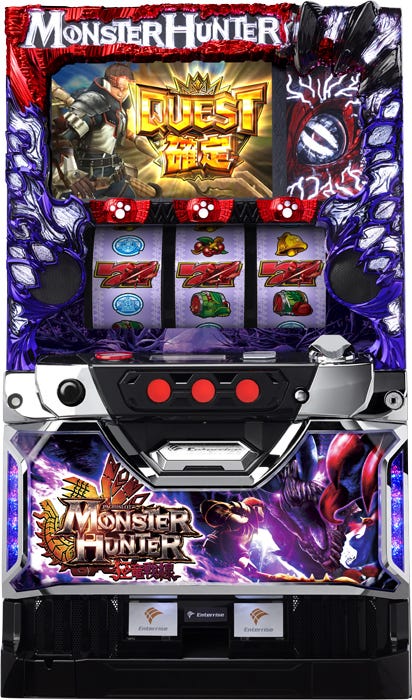
Once the main story of Sunbreak is over, a much looser, more open post-game story begins. Yes, there is a lurking threat and a new kind of monster that you are encouraged to go fight, but it’s not urgent. The monsters aren’t really new, either; they’re “afflicted”, powered-up versions of monsters you’ve already fought.
But now that the story isn’t in the foreground of the game anymore, the focus of the game shifts to optimizing one’s hunter: fine-tuning the build for maximum effectiveness and personal play style. Sunbreak leaves big gaps in its post-game progression for players to work on their character builds as they please.
This is all about squeezing all the right skills together on one build. As a Switch Axe player, there are core skills related to my weapon which I must have, quality-of-life skills I’d like to have a few of, and, when I’ve got those sorted, damage-related skills which I’d like to stack as many of as possible.
It’s not exactly “the better the gear, the more skills”— often high-end pieces from the strongest monsters are completely irrelevant to your build— but somewhere in the deep abyss of Monster Hunter’s smithy, you will find the right piece. And it will probably take some work to obtain.
You will need progressively rarer parts to craft higher-end equipment; this is where luck gets involved. The rarest parts of a monster have low drop rates, often under one percent. There is no guarantee at this stage that you will get the part you need by simply beating a monster once, or even twice or three times.
The second Monster Hunter grind layer is replaying the exact same fight more times than you ever would have played it of your own free will, because you’re trying to get a part that just won’t drop.
Random item drop rewards are just the slot machine re-imagined for gamers, and Monster Hunter players find themselves spinning the reels more than most.
The question becomes “is playing Monster Hunter, in and of itself, fun enough to put up with this repetition?” The answer to that question depends on the player and their mood, but make no mistake: as you progress in the Monster Hunter endgame, you will put up with escalating levels of grind. Your patience and will to continue will be tested.
You could just do something else at this point, you know.
Advanced grind
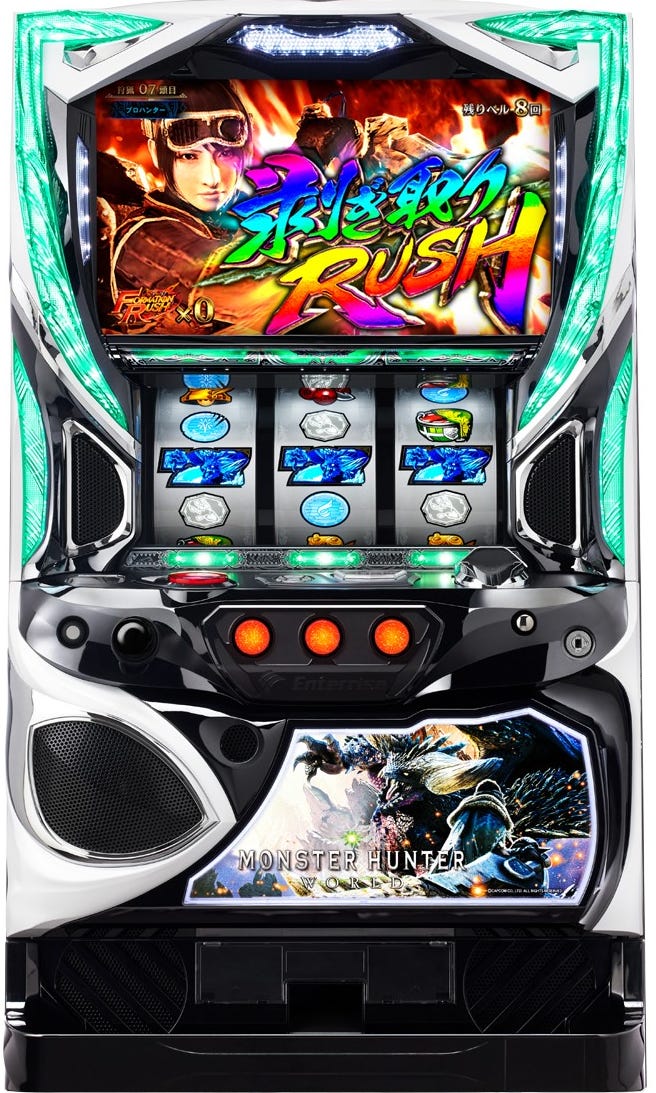
But I’m not fully optimized yet, dammit! Between the myriad armor skills and the world of decorations, it’ll be a very long time until you’re fully satisfied with a build.
At this point you might be checking the internet for “meta” builds that turn your character into a maximum damage glass cannon that speed-runs monsters but dies in one hit. Maybe you’re theory-crafting with different builds, tailoring them specifically to the weaknesses of each individual monster.
The important thing is at this point you’re playing the game for much longer, in exchange for much smaller gains.
The compulsion to make your character just that little bit stronger is powerful enough to make players put up with a lot. Think about it: being 50% complete is whatever, but the slow crawl from 95% to 100% is impossible to put down. You’re almost there!
The third Monster Hunter grind layer is taking missions you truly would not want to take, fighting monsters you never wanted to deal with again, if not for the reward.
Sometimes mixing it up is good. Maybe the game’s mission to go revisit some forgotten monster actually led to you going off the beaten path and having kind of a fun time despite your expectations.
But not every grind is going to be a fun detour at this stage. Maybe you have to fight a monster that you truly hate fighting. Maybe, even worse, you have to fight a monster that’s so easy it’s just a pointless chore. At this stage of grind we’re putting up with stuff we don’t enjoy doing— we’d rather be doing something else in Monster Hunter, never mind in real life— just to make progress.
Final stage: mandatory slot machine
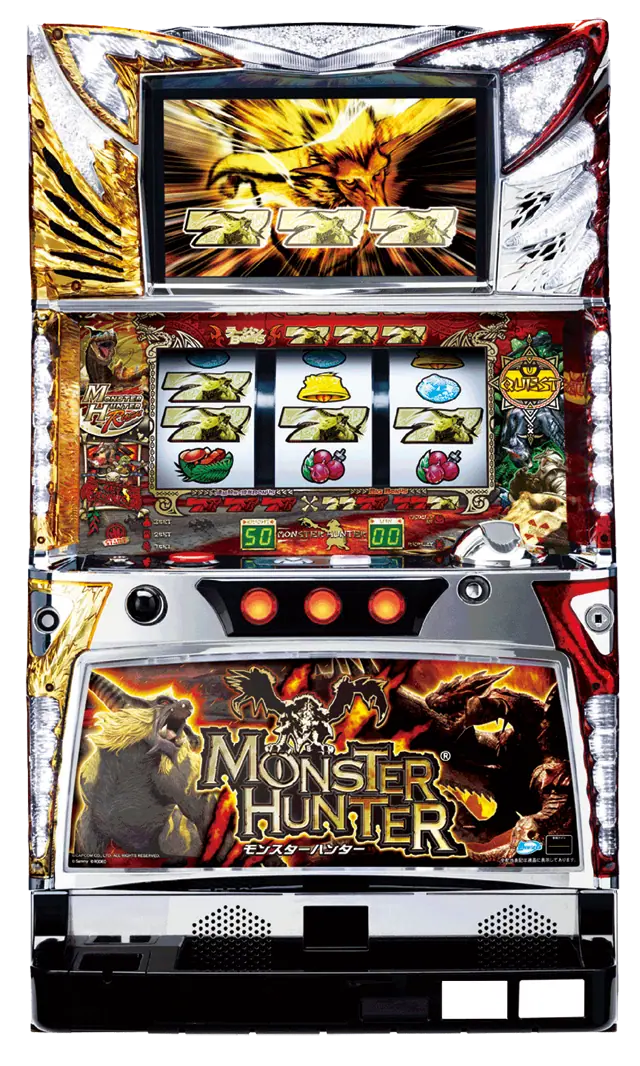
The fourth layer of Monster Hunter grind is doing things you no longer even want to do, but nevertheless feel you must.
I have not yet arrived at this point in Sunbreak, but I can already tell it’s going to be the final weapon upgrades (specifically, affliction upgrades). But for this stage, let me use an example I know intimately well.
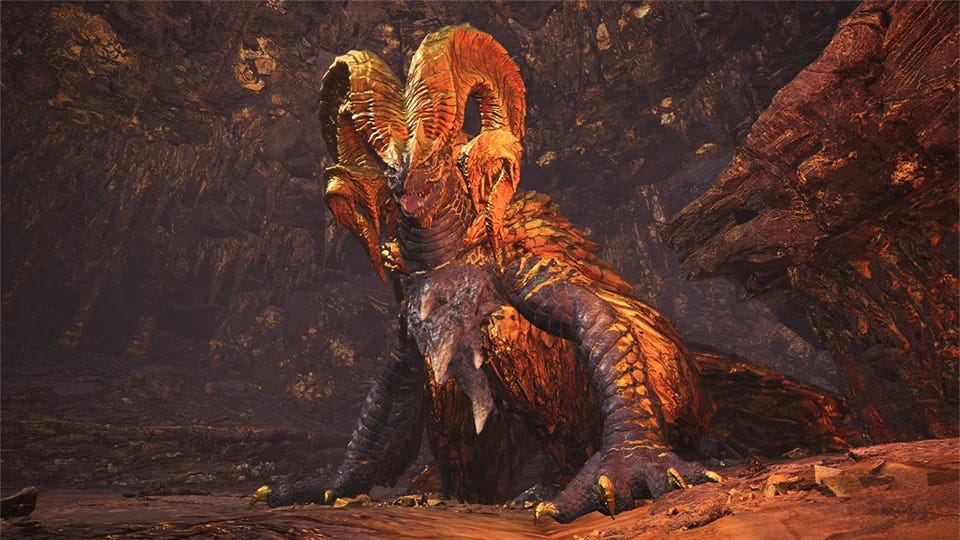
I burned out on Monster Hunter World during Kulve Taroth. World players might groan to even hear that name. Kulve was a massive boss monster with multiple scripted stages that only showed up for certain weeks. It called for its own special build and took a team of end-game hunters 20 minutes to get through.
At the end of a Kulve Taroth run, the game dropped a bunch of random Kulve-specific weapons on you. Most of these were garbage, but among the trash were jackpots: the strongest weapons in the game at that time.
Because the player couldn’t specify which type of weapon they wanted, and because there were so many types of weapons to begin with, they’d usually get a pile of weapons they didn’t need for their 20 lost minutes.
If you did get the weapon you needed, well, there were five more for all the other elements. I grinded Kulve Taroth for weeks, and I only got two of the bows I needed.
But more importantly than not getting my gear, I realized I had stopped having fun a long time ago. I had my whole routine memorized and was just acting out steps. All I felt when I didn’t get my gear was a profound sense of lost time and pointlessness.
Kulve Taroth really was just a slot machine. The only difference was that it took 20 minutes to take a spin. Want the highest damage in the game? Put up with it. I quit World pretty soon after Kulve’s appearance.
Monster Hunter inevitably transforms into a full slot machine to keep its insatiable endgame players occupied— Sunbreak absolutely will, in future updates— and you should probably get out before it does. Or whenever you stop having fun.
I don’t think the devs of these games get enough credit for creating such a controlled experience that nevertheless makes the player feel as though they are the one steering it ↩
Or, failing everything, they can go online, where seasoned hunters will beat the monster for them. This is the true and final equalizer that pushed Monster Hunter World into mainstream megahit territory. ↩
I did spend about 200 hours in Rise— it was 2020, after all— so I had a pretty strong collection of decorations already. ↩

